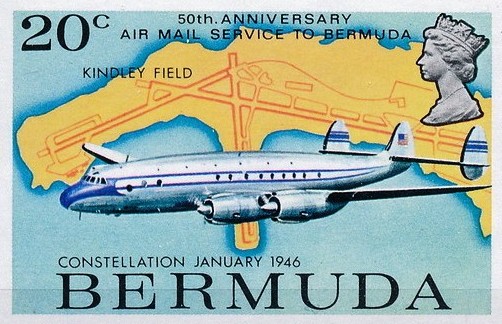SPECIAL EVENT TUESDAYS GROUP FLIGHT:
Here is an interesting comment I found several places on the internet that I would like to use as the focus of our first CONNIE group flight.
I have put together a flight plan for a direct New York to Bermuda flight. I previously posted important information about these group fights on the forum which I encourage you to read. The full post can be accessed by clicking on the link below.
http://msflights.net/forum/showthread.php?1438-Proposed-SPECIAL-EVENT-TUESDAYS-GROUP-FLIGHTS
For those who do not have this specific aircraft livery, they can also participate by downloading any freeware version of any aircraft that is appropriate to the specific group flight parameters. These are :
1. Vintage autopilot based on VOR navigation (no GPS).
-Coast
- Vintage Prop Airliner Series
- Lockheed Constellation Inaugural Flight New York to Bermuda

Here is an interesting comment I found several places on the internet that I would like to use as the focus of our first CONNIE group flight.
"A civilian type certificate for the Constellation was awarded on December 11, 1945 and commercial operations were inaugurated by Pan American on February 3, 1946 between New York and Bermuda. TWA followed three days later with Constellation service on their New York to Paris route. "
I have put together a flight plan for a direct New York to Bermuda flight. I previously posted important information about these group fights on the forum which I encourage you to read. The full post can be accessed by clicking on the link below.
http://msflights.net/forum/showthread.php?1438-Proposed-SPECIAL-EVENT-TUESDAYS-GROUP-FLIGHTS
Recently some of us have been flying an exceptional Lockheed Constellation from P3D, that comes without a GPS autopilot and requires a different set of skills to navigate effectively. I plan to add the first special event for next Tuesday, January 7, 2014 at 9 PM where we will fly this aircraft on its maiden flight from New York to Bermuda. We will be using both a little bit of dead reckoning with correction for cross winds and VOR radio navigation to find Bermuda out in the middle of the Atlantic Ocean. An ILS landings will be encouraged.
For those who do not have this specific aircraft livery, they can also participate by downloading any freeware version of any aircraft that is appropriate to the specific group flight parameters. These are :
1. Vintage autopilot based on VOR navigation (no GPS).
2. Piston prop liners of the late 1940's or early 1950's of sufficient range and speed to keep up with the Connie

Comment